The student population of Oregon State University itself is over three times larger than my hometown, a tiny island in Southeast Alaska.
But my main concern arriving here was not finances, storage units, or any other logistics. It was instead what clothes I was bringing, how I was going to meet friends, and stressing about being scared of my professors.
The thing that no one tells you when you go to school out-of-state is that it is hard. No one tells you how to balance finances, find a community or move out and find a storage unit, and do it all in a new place.
Amanda McDowell, a third-year environmental science major from Juneau, Alaska, was in a similar position coming to school.
“I thought that Oregon and Alaska would be pretty similar. I mean they’re different, but that’s kind of why I decided to go to school in Oregon,” McDowell said.
While the weather, people, and interests may align in Southeast Alaska and Oregon, the similarities stop there.
“Driving an hour to the beach was so weird, and people were like, ‘That’s so close!’” McDowell said. “Everything was so much more spread out…there was a lot more roads than I was used to.”
Parker Hoppe, a student from Mill Creek, Washington studying biology, felt out of place in Oregon even coming from a neighboring state.
“I did not know a single person from high school, even though I live in a neighboring state,” Hoppe said. “It was really hard during those first couple of weeks as I realized that I had to build an entirely new support network.”
Holidays, especially, can be tough for an out-of-state student. So finding other students in similar situations makes those long weekends and breaks a little easier on an empty campus.
“I remember feeling pretty lonely during Veteran’s Day, Memorial Day, and Mother’s Day weekends when my friends weren’t in town,” Hoppe said. “I found this to be harder when I was living on campus, as opposed to off-campus, because it seemed as though anyone who could escape for a little break from the dorms did.”
Hoppe stated that “as you progress through the years of college, more and more people will stay home during weekends and breaks and you will accumulate friends in similar situations.” Hoppe credited most of that to meeting people at clubs, events (with free food), sports games, and classes.
OSU has over 400 clubs, including sports, art, writing, singing, dancing and birding. There is a club for everyone, and often the time commitment is as little as once a week for an hour or two.
As a freshman, I was terrified to go to club meetings, and often avoided it. However, when a new dance club was started on campus, I was encouraged by everyone around me to attend. A year later, I am secretary of the club, planning meetings and showcases, and I’ve made so many friends through it.
It can be nerve-wracking to walk into the first club meeting of a term, but it is a great way to meet people with similar interests and find a place for yourself on campus.
Beyond that, the Corvallis community has a ton of activities all year long, including farmer’s markets, haunted corn mazes, pet days at OSU, hikes, performances, and other activities.
Out-of-state students get to experience a new level of independence. They’re in a new town, a new state, maybe even a new country, and they’re on their own, but it means they get to learn about a new place and a new culture.
That independence can also bring about a financial burden that can be challenging at times. Not only are plane tickets upwards of $500 to travel home, but even driving can cost someone like Hoppe $100 one way, not to mention that tuition costs are doubled as a nonresident student.
OSU tuition for nonresidents is about $10,000 a term–$30,000 a year, and that doesn’t include housing, food, or fees.
However, OSU has a program called ScholarDollars that is up and running throughout the whole year. They have scholarships listed there, both internal and external, that are as broad as being an undergraduate student, and as specific as writing an essay to stop drunk driving.
There are thousands of scholarships, and it is a really great resource to help shoulder some tuition costs.
A lot of students opt to get part-time, or even full-time, jobs on top of school. This can definitely be stressful, but is often necessary to stay on top of finances. OSU has a campus job page with flexible work schedules, and often some that gear towards your path of study.
A great resource for financial insecurities is the Basic Needs Center. The BNC offers students help with food, textbooks, laundry, housing, funds and meal boxes.
Finances can make it difficult for out-of-state students to remain at school during the summer as well. But, traveling away from OSU for the summer means that students from Washington or Alaska, or any other state or country, have to deal with storing their belongings.
“My advice to out-of-state students would be to gradually bring items back that you no longer need throughout the year,” Hoppe said. “For example, if you are able to go home for spring break, drop off all of your winter clothes then.”
While helpful for students who can drive home, that is something that may be more difficult as a student who flies home for winter break, or doesn’t leave for break. I often find myself stuffing duffel bags until the point where the zippers begin to break every time summer rolls around.
I’m lucky that Alaska Airlines gives me two free bags, but those bags do not fit all of my belongings in any way. I’ve found that a storage unit is the best option for me, but these sell out fast.
Even if you are too late to get a storage unit in a facility, UHaul has Uboxes that they can store in their warehouse for you, and that can be a great last minute resort.
OSU has a website with recommended storage units, and there are others as well. Students should find one that is affordable, has good reviews (and insurance), and make sure to get started on the search by the beginning of spring term, the earlier the better.
OSU knows that as college students, we deal with a lot of stress. But out-of-state students often come into school unprepared for the new responsibilities.
Campus has a lot of resources for its students, including advisors, professors, resident advisors and programs as well.
OSU Counseling and Psychological Services offers therapy, crisis help, meditation rooms, and other things. They are a great resource for those acclimating to a new environment. Another option is to find an online therapist that works in both your home state as well as Oregon. This way, a student can continue therapy no matter where they’re located.
Along with that, since out-of-state students can’t travel home often, Student Health Services is a good way to find fast healthcare.







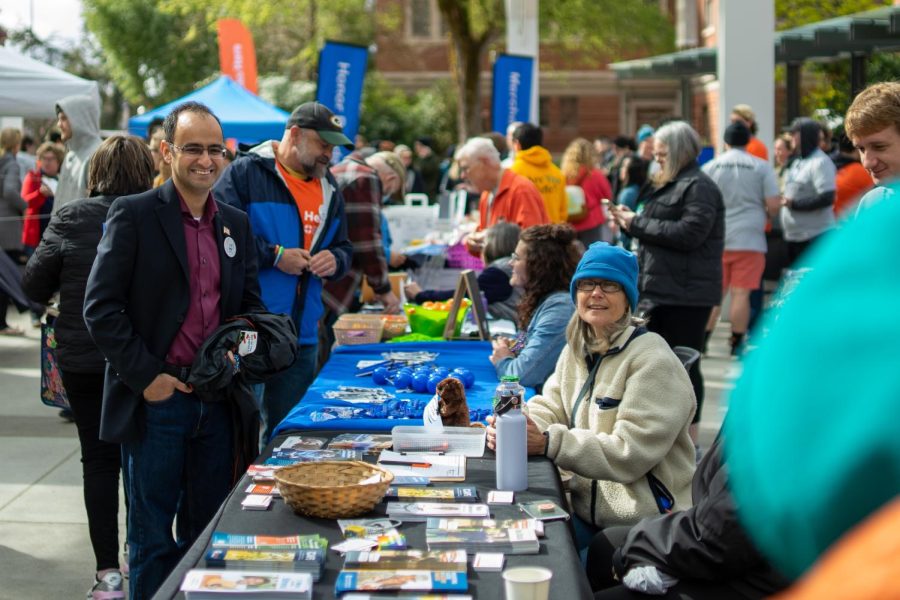
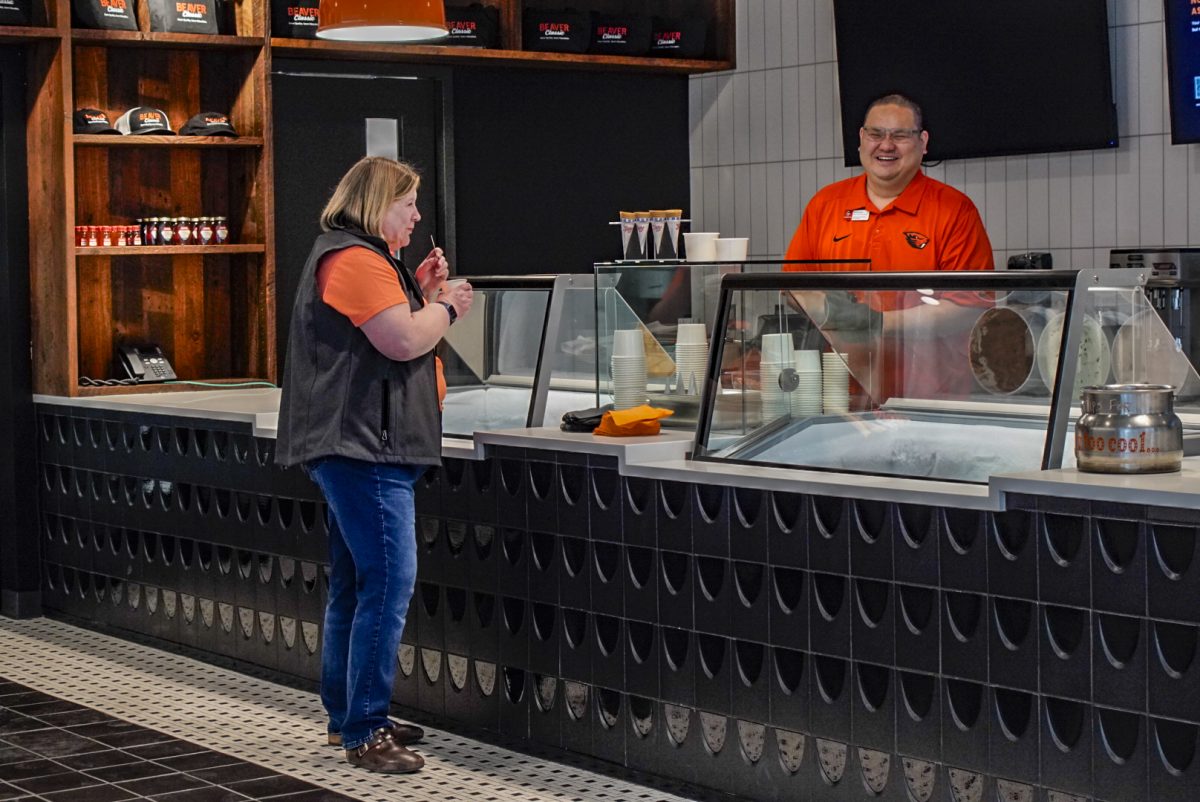


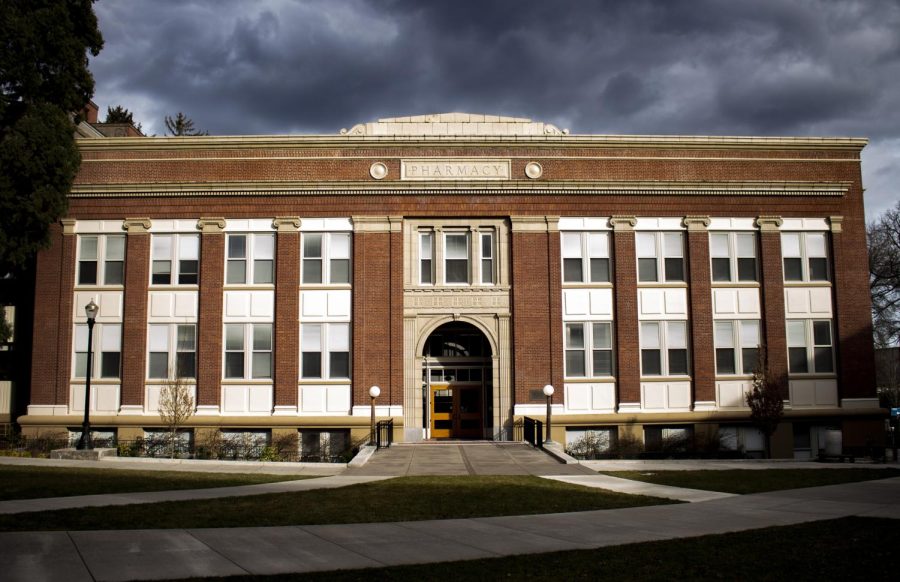





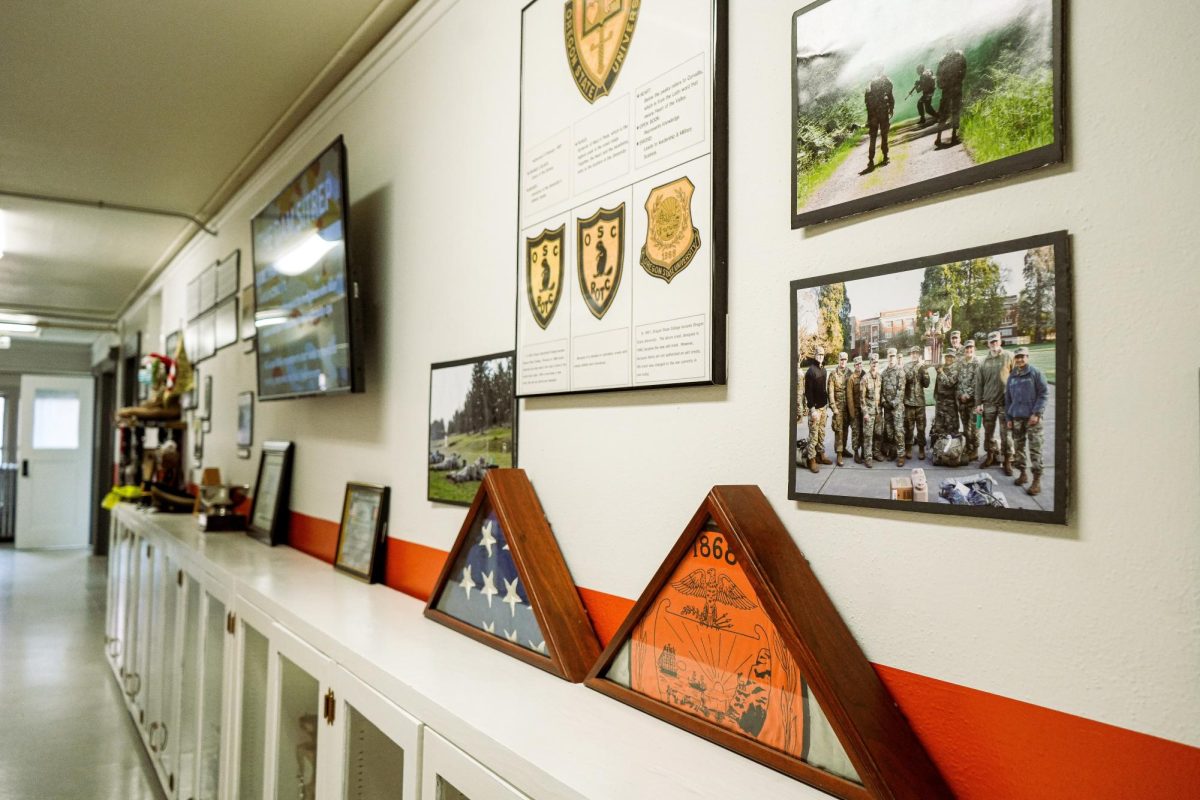
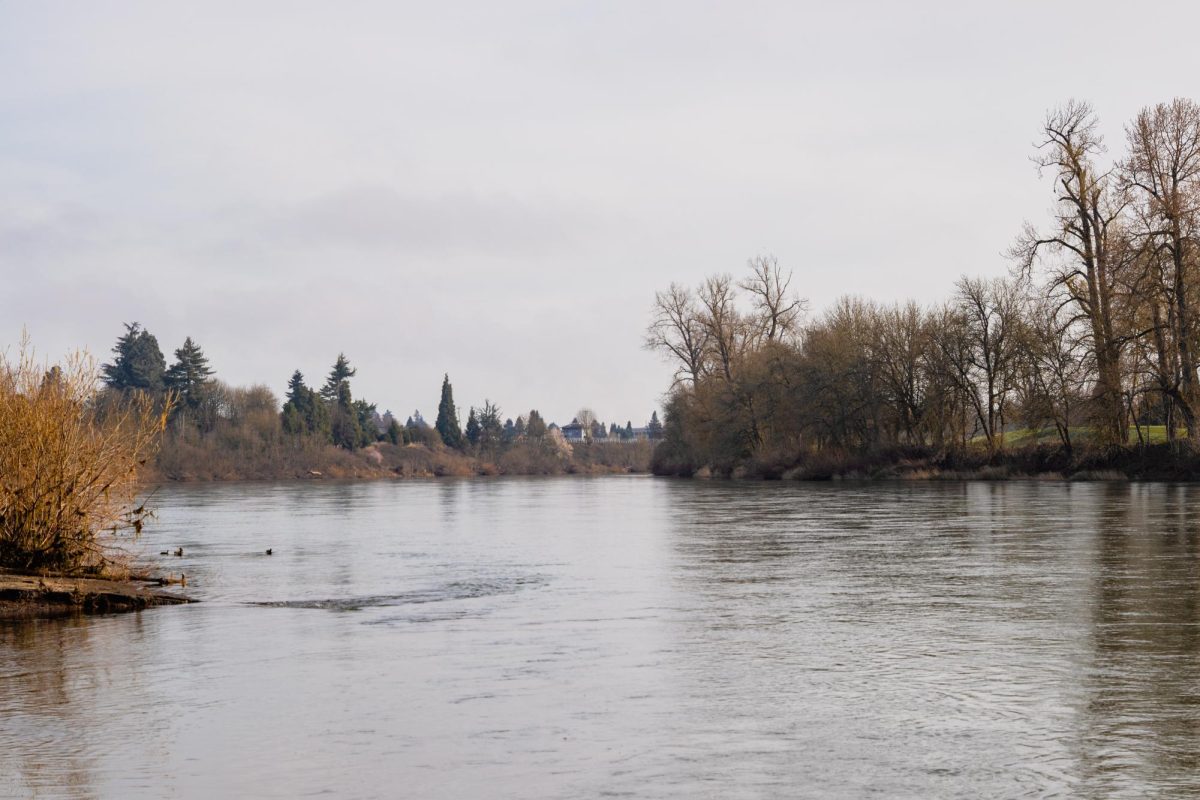
































































![Newspaper clipping from February 25, 1970 in the Daily Barometer showing an article written by Bob Allen, past Barometer Editor. This article was written to spotlight both the student body’s lack of participation with student government at the time in conjunction with their class representatives response. [It’s important to note ASOSU was not structured identically to today’s standards, likely having a president on behalf of each class work together as one entity as opposed to one president representing all classes.]](https://dailybaro.orangemedianetwork.com/wp-content/uploads/2025/03/Screenshot-2025-03-12-1.00.42-PM-e1741811160853.png)
























